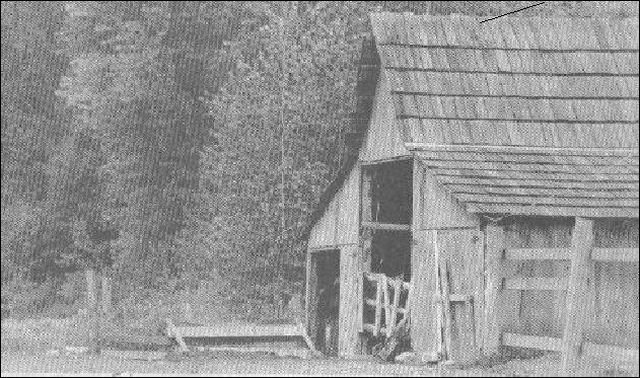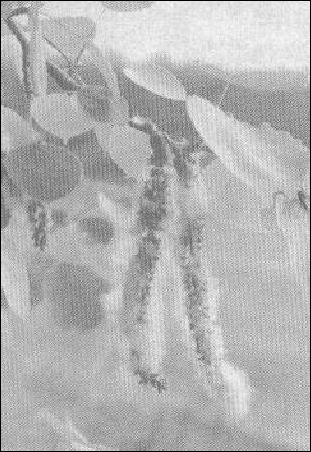Journal Ed. note: Mollie's father, "Gramp," was David Moyer, who married Florence Wood in Hamilton on May 24, 1911. So he was technically her stepfather but he obviously had a strong influence in her life, more than her birth father, whose identity is a mystery. Dave died in 1969 at age 97 and Florence died in 1965 at age 85; both are buried in the Hamilton cemetery. David had three children by his former wife, including Gertrude, Chester and Vinnie, who also lived into her 90s. Dave also moved his family West, from Arkansas, in 1900 and he went to work as a logger for the Lyman Timber Company. Mollie's maternal grandfather, Malcolm Wood, moved Florence and Mollie and other members of his family from Haywood County, North Carolina in 1908 and they settled on land across the river from Hamilton, where a school was also built.
Many thanks to Carol Bates, for the information from official records and descendant memories in her book, Hamilton 100 years, that helped me sort out the genealogy of this very complicated family tree. Dave's former wife remarried to Irving Cary, a son of another pioneer Hamilton family, and in other Mollie stories linked below you will find many of Mollie's memories about the Carys.
|

 810 Central Ave.,
810 Central Ave., 

